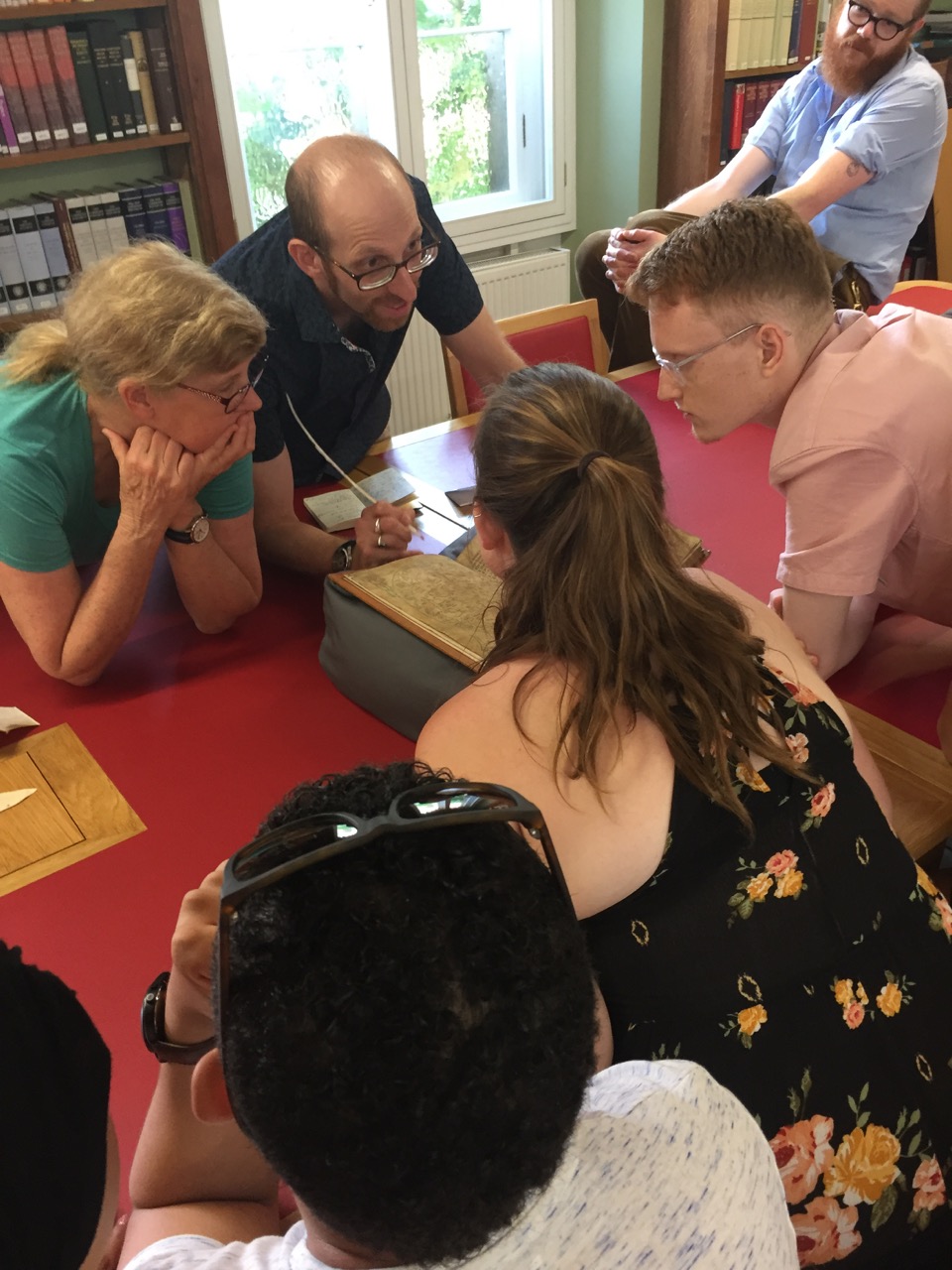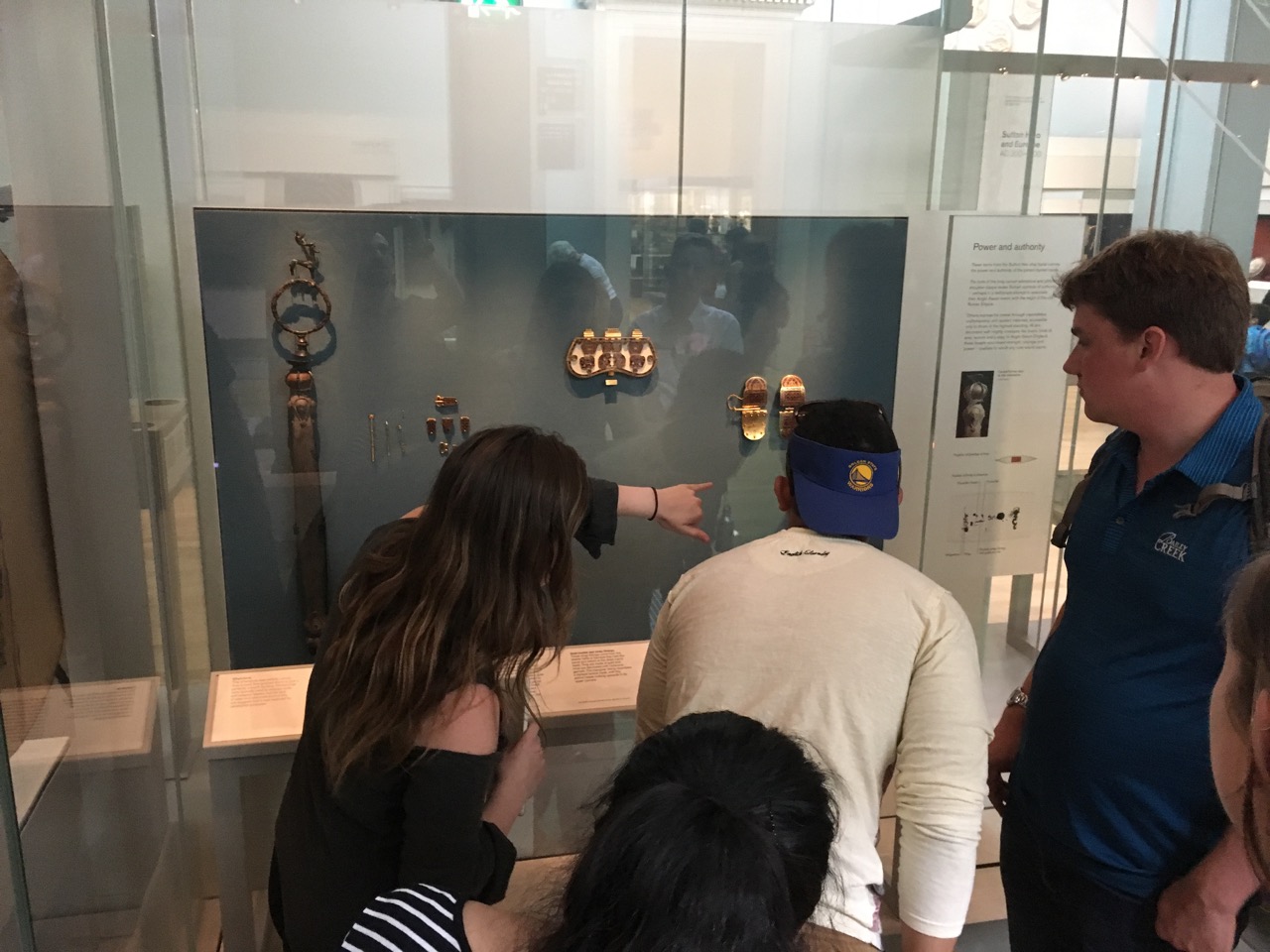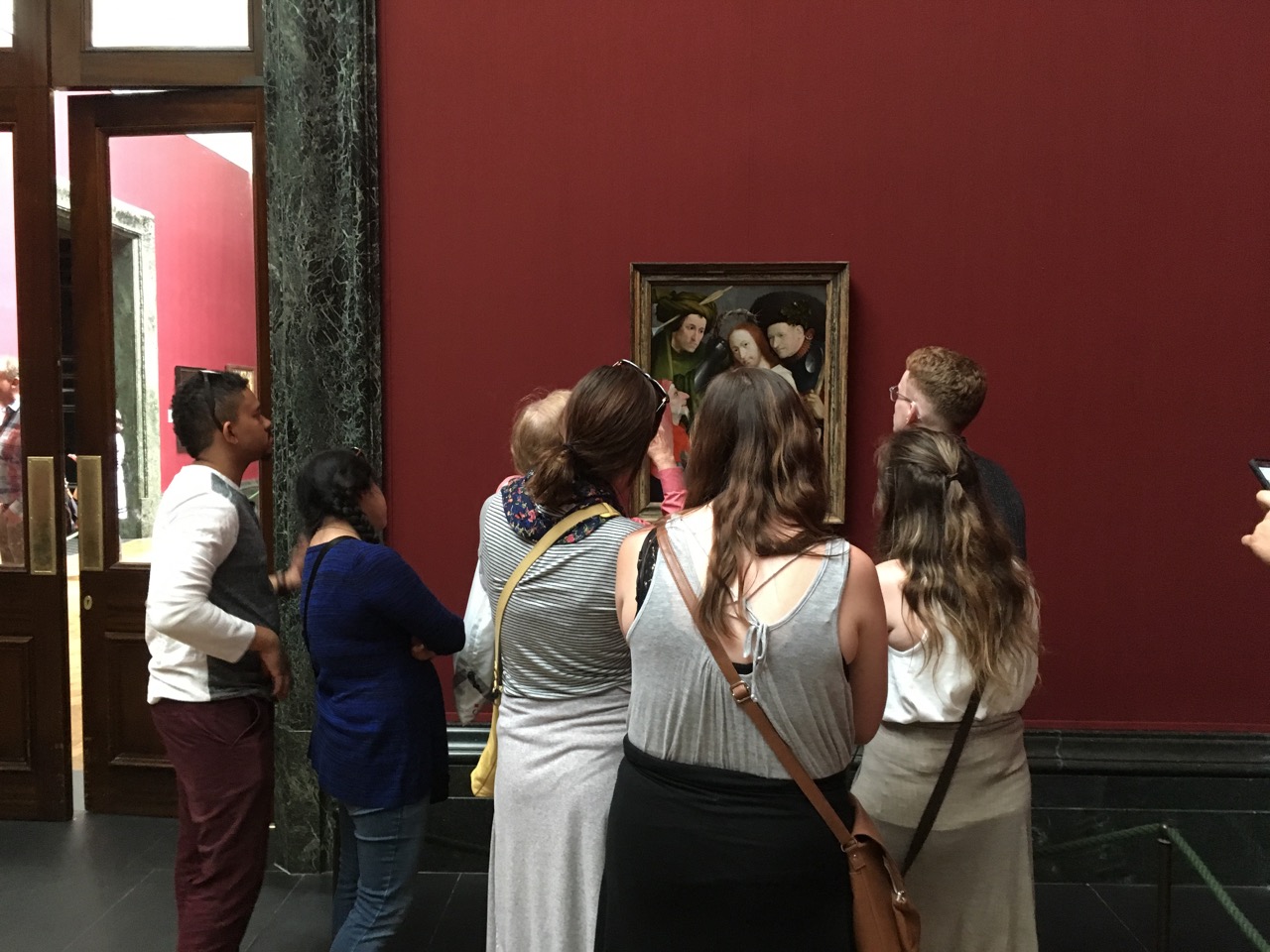The Art History program at California State University, Chico, is designed to teach students to think critically about global visual arts and culture. The Art History program provides training leading to art history careers (museum, gallery, and academic) and entry into master’s programs, as well as a solid foundation in research and writing skills that are highly valued by diverse employers. The faculty are widely recognized for their contributions to the field, with particular strengths in Medieval, Modern/Contemporary, and Mesoamerican art history.
Undergraduate majors begin with surveys that provide general knowledge of world art history and then take a series of upper-division courses on different historical periods and cultures (Roman Art, Medieval Art, African Art, Maya Art, Contemporary Art, and so on). This curriculum is augmented with frequent “special topics” courses (E.G. Monster Movies, Contemporary Art Criticism & Practice). See the Schedule of Courses for our current offerings. Students also have the opportunity to do coursework in study abroad programs, and art history faculty have offered courses in England and Ireland.
The Janet Turner Print Museum and University Art Gallery at Chico State provide internship and job opportunities for students. The Art and Art History department publishes Contrapposto, A Journal of Undergraduate and Graduate Research in Art History.
The MA in art history (30 units minimum) is designed to prepare post-baccalaureate students for a variety of professional opportunities (e.g., museum work) and/or for entrance to doctoral (PhD) programs in other institutions. This guide gives an overview of what to expect during the two years or more needed to complete the degree program. The students are expected to regularly consult the University Catalog (current in the academic year of the student's admission to the Graduate School) and monitor changes in regulations and requirements governed by the Graduate School.
Since students are accepted into the MA program as "conditionally classified," normally, the art history faculty collectively acts as academic and career advisors until a "classified" status is achieved and a thesis committee formed. Graduate students should discuss their objectives and career interests with all art history faculty as early as possible, so that they can receive appropriate program and degree directions. They are also expected to meet with the graduate art history advisor and other faculty (if appropriate) on a regular basis (suggested at least twice a semester) in order to discuss their academic progress and planning, and to obtain such information as up-coming conferences, grants, scholarships, and internship programs.
By the end of the second semester of the first year, all students should informally create their thesis committee by consulting with faculty members and the graduate art history advisor. It is recommended that the committee consist of three members. Upon completion of their regular course work, a classification examination is given for determining a "classified" status. At this time, the official paperwork concerning the thesis committee is filed. Thereafter, the thesis committee provides directions for completing the thesis and the MA degree during the fourth semester, or later if necessary.





